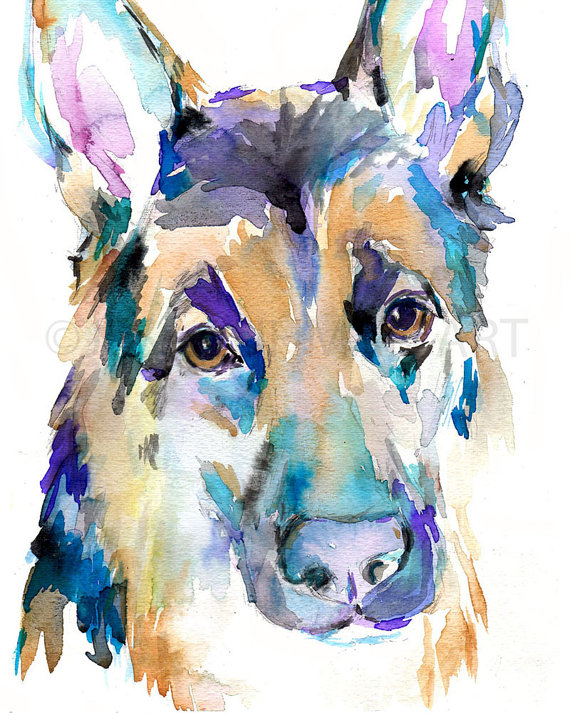
The ideal German Shepherd (one that fits the breed standard) has a double coat of medium length – dense, straight, harsh, and sometimes wavy or wiry. But as late as 1915, there were three coat types: Smooth-haired, long-haired, and wire-haired. The wire-haired has long disappeared, and though the longhaired gene is recessive and believed to be a genetic fault, long-coated shepherds are still born. Even two short haired German Shepherds can produce longhaired offspring if the gene is present in their DNA. To our eyes, a long-haired GSD’s coat would seem shinier, but this is because the dog lacks undercoat. This results in less protection from the elements, and consequently, these dogs would be vulnerable were they to be outdoor working dogs. These dogs are wonderful companions – some even insist that they have a better temperament.
There is an effort to establish the long-haired variation of the German Shepherd Dog as a separate breed. Before 2010, breeders of the long-haired variety founded their own kennel clubs and called their variation the “Old German Shepherd” which allows a coat that may be any length, and can be wiry, shaggy, or smooth. This is a highly controversial topic that you should be aware of, and certainly if you’re looking for a puppy. The “Old German Shepherd” is touted as being “oversized,” “old fashioned” and with less angulation, but it’s not a separate breed, and to our knowledge, it’s not recognized by any recognized registry or kennel club. How it differs from the Shiloh Shepherd™ is hard to know since it was bred to “preserve the original qualities everyone loved so much in the old style German Shepherd,” and accepts a smooth and “plush” coat.
“German Shepherd” by Jessica Buhman is available for purchase here.
